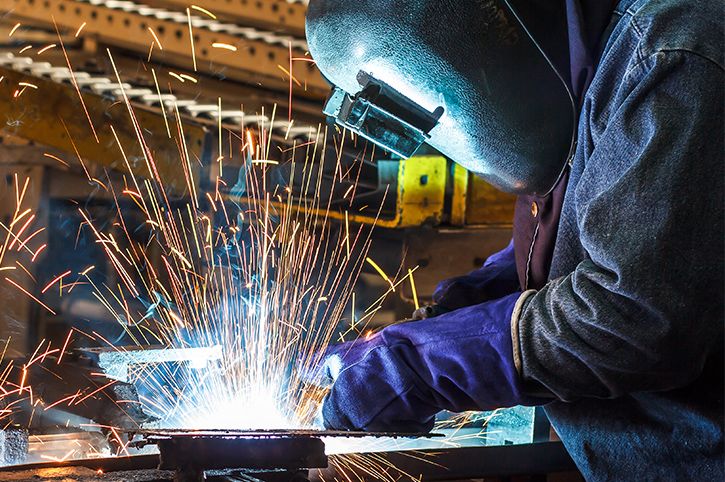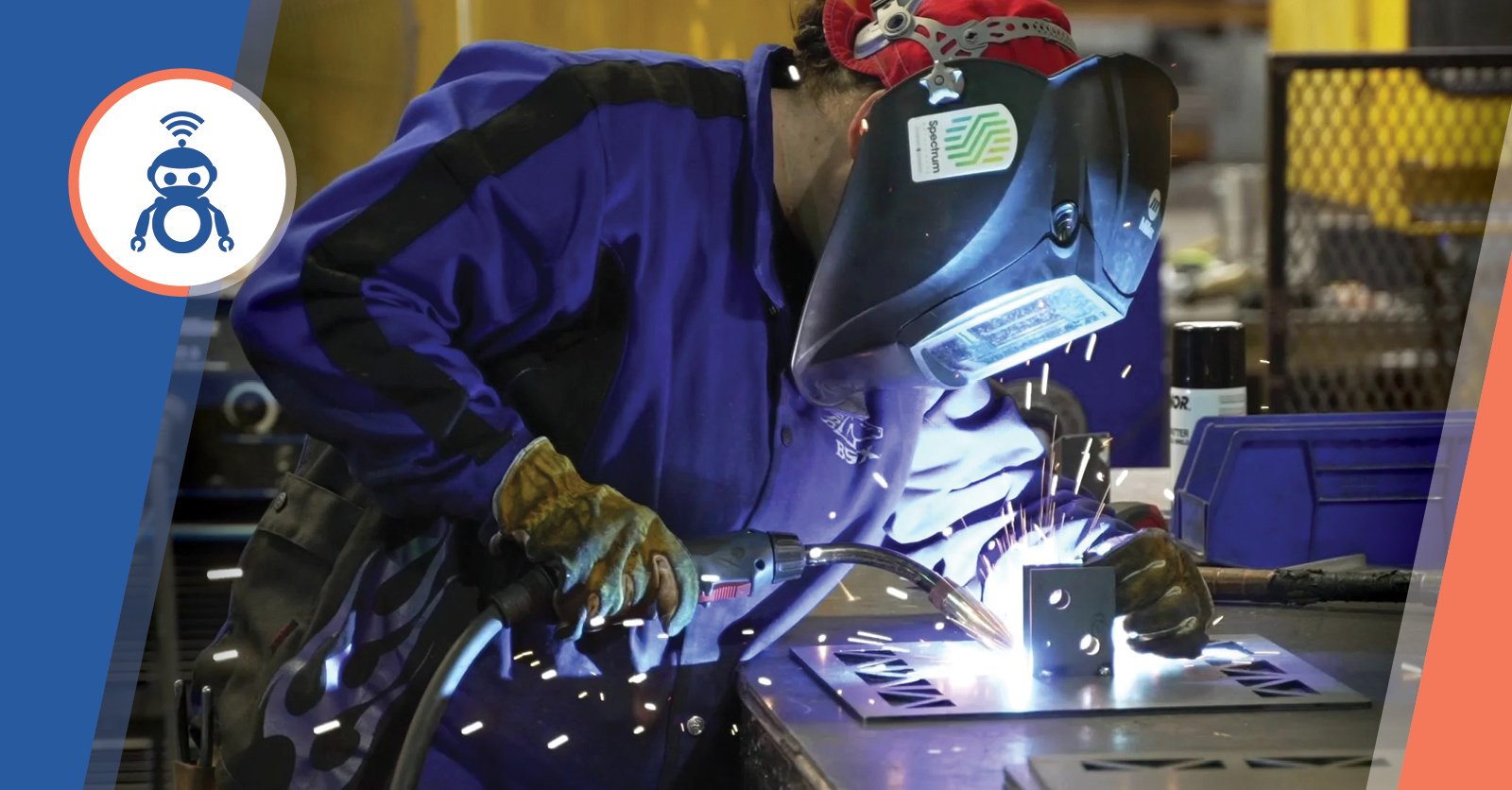Common Welding Fixing Issues and How to Address Them Properly
Welding repair work commonly run into a variety of concerns that can endanger the stability of the end product. Usual issues include inadequate infiltration, porosity, and misalignment, to name a few. Each defect offers special challenges that require certain methods for resolution. Understanding these concerns is necessary for welders aiming to boost their skills and results. This conversation will discover these usual welding fixing concerns and effective methods to address them.
Inadequate Infiltration
Poor penetration happens when the weld metal falls short to completely fuse with the base product, resulting in weak joints and potential structural failures. This issue usually originates from inadequate heat input, wrong electrode angle, or incorrect welding speed. Welders may experience inadequate infiltration as a result of a mistake of the needed parameters for a certain material density or kind. Furthermore, contamination on the base material's surface can prevent reliable bonding, aggravating the issue. To address insufficient infiltration, welders ought to ensure ideal settings on their equipment and keep a tidy work surface. Regular evaluation of welds is advised to identify any type of shortages early, enabling timely corrections and the avoidance of jeopardized structural honesty in welded assemblies.
Porosity
Porosity is an usual flaw in welded joints that shows up as tiny gas bubbles trapped within the weld metal. This flaw can endanger the stability of the weld, bring about reduced stamina and potential failure under tension. Belgrade Welding. Porosity usually occurs from contamination, moisture, or improper welding methods, which enable gases to leave right into the molten weld pool. To attend to porosity, welders need to assure appropriate surface area prep work, preserve a clean workplace, and utilize ideal welding specifications. Additionally, selecting the ideal filler material and shielding gas can reduce gas entrapment. Regular assessment and screening of welds can aid identify porosity early, assuring timely corrective actions are taken, consequently preserving the top quality and integrity of the bonded framework
Misalignment
Misalignment in welding can emerge from different factors, including improper setup and thermal expansion. Comprehending the source is crucial for effective resolution. Several improvement strategies are readily available to straighten elements and ensure structural stability.
Reasons for Imbalance
Welding misalignment commonly comes from a variety of underlying problems that can compromise structural integrity. One main cause is improper fit-up of parts before welding, which can cause spaces and unequal surfaces. Variations in thermal growth during the welding procedure can additionally lead to distortion, specifically if the materials being signed up with have different coefficients of growth. In addition, poor clamping and fixturing may fall short to hold components safely in position, causing activity during welding. Badly kept devices, including welding machines and tools, may present inconsistencies in the weld grain, more contributing to imbalance. Finally, driver error, originating from inadequate training or experience, can likewise play a considerable role in developing misaligned welds.
Improvement Techniques Readily Available
Addressing imbalance successfully requires a mix of restorative methods tailored to the specific concerns handy. One typical technique is using jigs or fixtures to hold elements in the proper setting throughout welding, making sure consistent positioning. Furthermore, pre-heating the materials can help decrease distortion and boost fit-up. For substantial misalignment, mechanical adjustment techniques, such as making use of hydraulic jacks or clamps, can be used to fix the position before welding. Post-weld warm therapy might also be necessary to soothe stress and anxieties triggered by misalignment. Careful assessment and modification throughout the setup phase can prevent misalignment problems from coming to be considerable troubles, advertising a smoother welding process and boosting overall architectural stability.
Distortion
Distortion is a typical obstacle in welding that can emerge from different elements, consisting of uneven heating and air conditioning. Comprehending the root causes of distortion is essential for carrying out efficient avoidance techniques. Resolving this concern not only enhances structural stability however also enhances the total top quality of the weld.
Reasons of Distortion
When based on the extreme warmth of welding, materials often undertake modifications that can result in distortion. This phenomenon mostly occurs from thermal growth and contraction throughout the welding process. As the weld location warms up, the product expands; upon cooling, it gets, which can create interior stresses. In enhancement, uneven home heating across a work surface can aggravate these tensions, leading to bending or bending. The kind of material additionally plays a substantial role; steels with differing thermal conductivity and coefficients of development you could try these out may react in a different way, leading to uncertain distortions. Bad joint layout and insufficient fixturing can contribute to misalignment during welding, increasing the likelihood of distortion. Understanding these reasons is vital for efficient welding fixing and prevention techniques.
Prevention Techniques
Efficient avoidance techniques for distortion during welding concentrate on controlling warmth input and making certain proper joint layout. Maintaining a regular heat input aids to lessen thermal growth and tightening, which can lead to distortion. Utilizing strategies such as pre-heating the workpiece can additionally lower the temperature level slope, promoting uniform home heating. Additionally, selecting appropriate joint designs, such as T-joints or lap joints, can enhance security and decrease tension focus. Applying proper fixturing to secure the work surfaces in area even more aids in preserving alignment during the welding process. Staggered welding series can distribute heat much more equally, preventing local distortion. By applying these techniques, welders can significantly decrease the probability of distortion and improve the overall quality of their welds.
Cracking
Cracking is an usual concern experienced in welding fixings, commonly arising from various variables such as inappropriate cooling prices, product selection, or poor joint prep work. The occurrence of fractures can significantly jeopardize the integrity of the weld, causing potential failings throughout procedure. To address this issue, welders must first assess the source, guaranteeing that products are compatible and properly chosen for the certain application. Furthermore, regulating the air conditioning rate throughout the welding procedure is vital; quick cooling can cause anxiety and cause breaking. Proper joint style and preparation also contribute to reducing the risk. Executing these methods can improve weld high quality and toughness, eventually minimizing the chance of breaking in completed weldments.

Incomplete Combination
A substantial problem in welding repair services is incomplete combination, which occurs when the weld metal does not appropriately bond with the find more information base material or previous weld passes - Montana Mobile Welding and Repair Belgrade. This flaw can bring about weaknesses in the joint, possibly compromising the honesty of the welded framework. Aspects adding to incomplete combination include inadequate warm input, improper welding technique, and contamination of the surfaces being signed up with. To address this problem efficiently, welders should assure proper pre-weld cleansing and surface area preparation, along with adjust their welding criteria to attain appropriate penetration and blend. Normal inspection throughout the welding procedure can additionally assist determine incomplete combination early, allowing for timely restorative actions to enhance the total quality of the weld
Overheating
While welding repair work can boost structural honesty, overheating offers a substantial challenge that can result in material deterioration. Extreme warmth throughout welding can modify the mechanical residential properties of steels, leading to reduced stamina, enhanced brittleness, and bending. This phenomenon is especially critical in high-stress applications where architectural dependability is critical. Identifying overheating can involve visual assessments for discoloration or distortion, as well as keeping track of temperature level during the welding process. To minimize the risks connected with overheating, welders should employ proper techniques, such as controlling heat input, adjusting traveling speed, and making use of appropriate filler materials. Furthermore, carrying out pre- and post-weld heat therapies can aid restore material homes and enhance the general top quality of the fixing, making certain long-lasting performance and safety and security.
Often Asked Inquiries
What Are the Common Indicators of a Welding Flaw?

How Can I Test My Welds for Quality?
To check welds for quality, one can utilize visual inspections, ultrasonic screening, and radiographic approaches. Each method assures structural honesty, identifies defects, and verifies adherence to defined standards, eventually enhancing the integrity of the welded joints.
What Safety and security Safety Measures Should I Take While Welding?
When welding, one should prioritize security by wearing proper individual safety devices, guaranteeing appropriate ventilation, securing flammable products away, maintaining a tidy work area, and knowing environments to stop mishaps and injuries.
Can I Repair a Weld Without Renovating the Entire Joint?
Repairing a weld without redesigning the entire joint is feasible, depending on the damages (Belgrade). Methods such as grinding, adding filler product, or utilizing a welding procedure can effectively resolve details problems while maintaining the bordering structure
What Equipment Are Essential for Reliable Welding Repair Works?
Essential devices for effective welding fixings consist of a welding device, wire brush, mill, protective gear, clamps, and filler products. Each device plays an important function in making certain high quality and security during the repair service procedure. Porosity generally emerges from contamination, wetness, or incorrect welding techniques, which allow gases to leave into the liquified weld swimming pool. Inadequately conserved tools, including welding equipments and devices, may present incongruities in the weld grain, more adding to imbalance. When subjected to the extreme warm of welding, products typically go through adjustments that can lead to distortion. Cracking is a common issue run into in welding fixings, frequently resulting from various factors such as improper cooling prices, material option, or insufficient joint prep work. A considerable issue in welding fixings is insufficient fusion, which takes place when the weld metal does not sufficiently bond with the base material or previous weld passes.